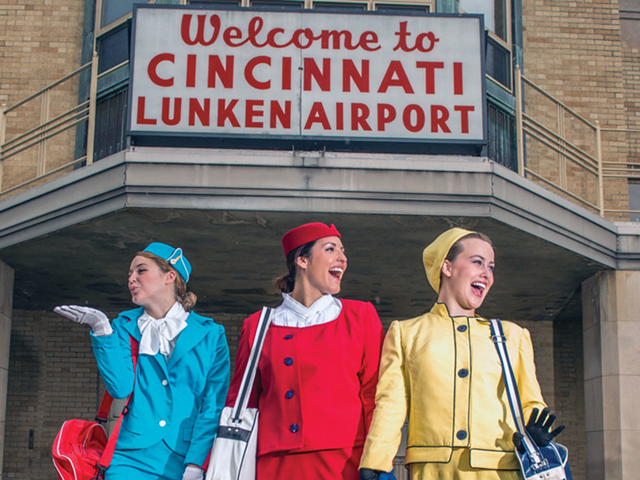Re-enactments dominate the world of reality television. There is nothing new in the narrative framework of recreating scenes of true events for audiences to grant access to the resonant emotional impact of a situation, a soon-to-be looped moment in time. Sometimes, it is done in the service of memory and perspective. Often the decision to replay arises from a desire to capture someone, a figure from that time who is no longer with us; thus we are given the chance to see them again, to reimagine them in their prime, just before their inevitable fall.
A stirring and frightening example of the fictional replaying of moments comes from the Hughes brothers film Menace II Society. The two leads — Caine (Tyrin Turner) and O-Dog (Larenz Tate) — are in the middle of robbing a convenience store and one of them makes the snap judgment to kill the storeowner behind the counter. It is a swift and brutal discharge, this act of killing, accomplished with a sense of glee, yet paralyzing for the partner-in-crime and the audience. On the way out with their loot, the killer circles back behind the counter to claim the tape from the video surveillance camera, ostensibly to remove a piece of evidence of the crime. The securing of the tape actually becomes a reminder, an artifact providing proof of street cred, to be replayed as entertainment later on. Moving from Hip Hop and exploitative raps about lurid escapades and remixed audio cues from pop culture, this adds a visual layer upon the track.
I was reminded of that criminal archive while watching The Act of Killing, Joshua Oppenheimer’s documentary about a group of former Indonesian death squad leaders (who were, in truth, little more than thugs hired by paramilitary forces to do their dirty work) intent on re-enacting their real-life killings on camera, years later. The effort comes to resemble nothing less than a videotaped greatest hits, remixed and reloaded by the thugs in various styles, inspired by their favorite Hollywood genre films — noirish gangster tales without the femme fatales; this is decidedly no country for women, young or old.
This is a surreal journey into the psyche of killers, a progressive trek on full-display, from laughing thoughtlessness, the thrills of the kills, to a slowly dawning awareness of responsibility. We get the execution behind the executions in graphic detail. Recent film fans will find uncomfortable nods to Ridley Scott and Cormac McCarthy’s The Counselor, although the bloody garroting performed in The Act of Killing is more intimate, executed by hand — with up-close human effort, rather than through coldly efficient mechanical precision. The human act takes more time and requires dealing with the blood of others on your hands. You can’t simply walk away without psychic and/or emotional scars, open wounds on the soul.
And that is what The Act of Killing ultimately provides for its subjects: a reflective examination of the lacerations deep inside. These men have lived on without thinking, feeling or reflecting on the past. Their acts have been nothing more than scenes in their favorite entertainments but, sooner or later, the reality catches up, fashioning a series of intricate role reversals.
As arts patrons, we stand before works of art seeking a means to step inside the piece. Many audience members will be unable to slip through the thorny barricades here because they will know this is not the usual escapist fare we expect from Hollywood. Yet, the truly meaningful reversal here comes when one of the perpetrators assumes the role of a victim. When bound to a chair with the wire looped around his neck, this killer feels the act of killing from the other perspective. There’s no dancing or drinking away the memory this time.
Much like in Menace II Society when Caine, as the more self-reflective of the two, senses that there is something more to life and he starts, haltingly, down a path toward a life beyond the jacked-up thrills and kills and the constant need to prove oneself through violence, a similar realization settles upon one of the killers, caught emotionally red-handed in a recreation of one of the acts that earned him infamy.
But, thanks to the Contemporary Arts Center, such displays make their way into our performance spaces, demanding to be seen, evaluated and appreciated for their more expressive qualities. Possibly a situation will emerge, breaking the link between this most surreal example of life imitating art.
The Contemporary Arts Center, in partnership with AIGA, presents THE ACT OF KILLING Sunday and Monday. Tickets and more info: contemporaryartscenter.org.






